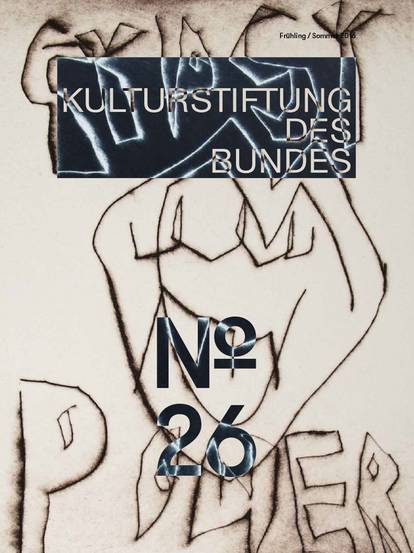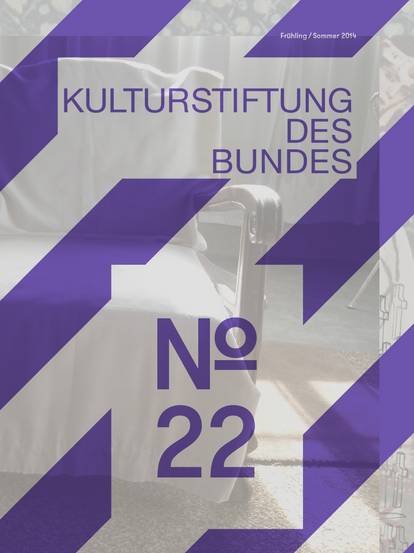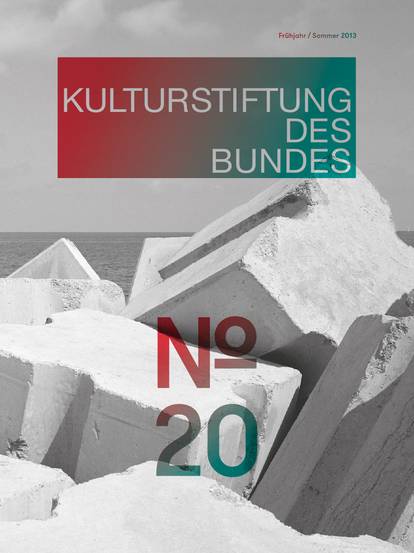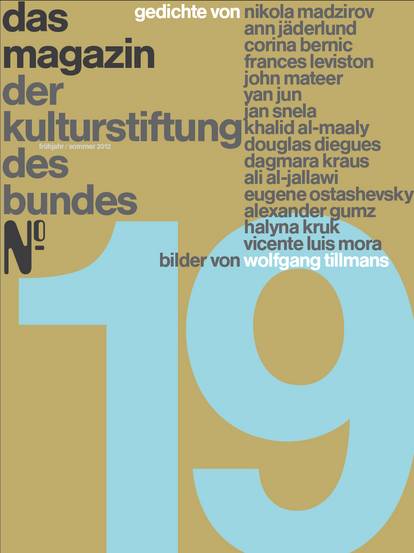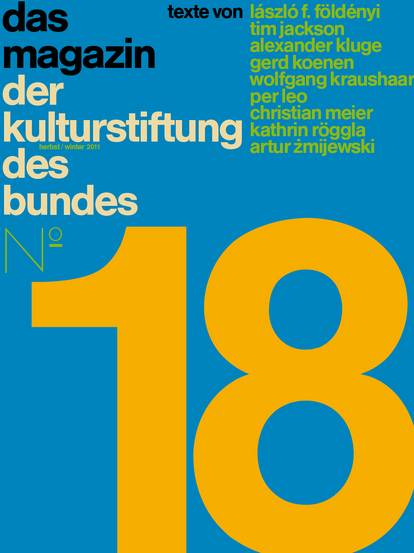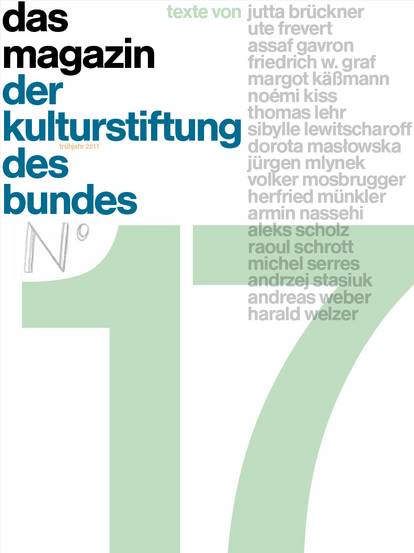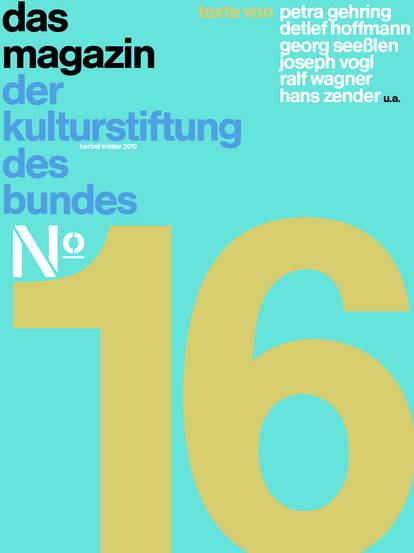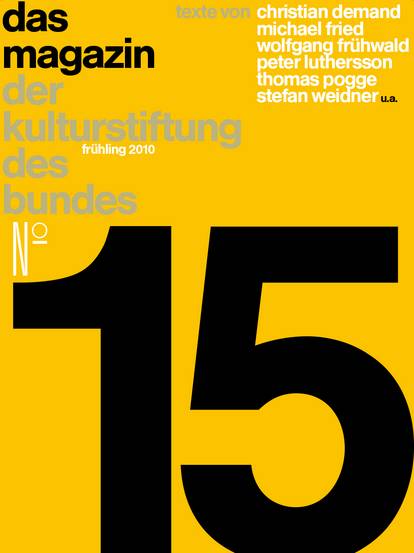When someone hands you a business card which only has their name on it and the word “Subversive”, you had better be ready for anything. Dino Gavina, who was born in 1922 and passed away in 2007, had such a card, though the word “Subversive” sounded more elegant in his native language: “Dino Gavina. Sovversivo”. No address, no telephone number. That was all one needed to know. For at least in Italy, in the world of design, art, architecture and fashion, Gavina was as well-known as Gertrude Stein among writers and artists of the Lost Generation. And basically, Gavina’s role wasn’t very much different. In his shops and his apartment, artists and designers were discovered, vague utopias were condensed into real objects, Gavina’s rooms became one of the important meeting places of the Italian art and design scene in the post-war decades. One wouldn’t be exaggerating to say that modern Italy was made in his rooms.
But first things first. Gavina originally started out as a set designer in Bologna, but soon took over his father’s upholstery business. In 1955 he presented the first product series which no one would have expected from an upholsterer nor set designer: a simple trestle table designed by Pier Giacomo Castiglioni. More models followed which soon became classics of Italian design and, due to their elegant pragmatism – or rather very pragmatic, architectural elegance – influenced Italian design henceforth. By simply adjusting a slide bolt, it was possible to raise the height of one of the trestles. It was so successful that it can still be purchased today under the name of the great inventor Leonardo.
Gavina had a knack for attracting interesting designers, who for their part admired his subversive talent: the Castiglioni brothers, Vico Magistretti, Mario Bellini, Marco Zanuso and Luigi Caccia Dominioni. There was also Carlo Scarpa, who might be regarded as a typical designer of that time: one who would neither be categorised as an “architect” nor as a “furniture designer”. To him, a table was as demanding a task as designing a museum or a tomb, and if the term “life scheme” makes any sense at all, then in regard to this movement by designers who attempted to give all things in life a new form – from chairs to houses. This new thing was supposed to instil life with a new intensity, a sense for how it feels to live today and not last year.
There was only one other movement of this kind in the 20th century which stirred up a similar fundamental, life-reformatory controversy – the Bauhaus. Accordingly, Gavina found its products important – especially those which could not be produced at the time or were discontinued too quickly. There is a famous anecdote by Marcel Breuer who described Gavina showing up at his New York office: “One day, in the early 1960s, an Italian visited me,” he remembered later, “a short, lanky, energetic man with a keenly perceptive eye. He spoke neither English nor German, but I gathered that he wanted to have my furniture designs from the 1920s. We immediately came to an agreement.” The armchair, known today as “Wassily”, was comprised of a chrome-plated, steel-pipe frame which could be dismantled. Breuer had designed the chair in the mid-1920s and in so doing, introduced the steel pipe to furniture building, which prior to 1925 had been used at best for car and airplane seats. The armchair finally made it big, however, when Gavina reintroduced it in 1962.
What Warhol’s factory was in New York in these years, so were Gavina’s factories and exhibition venues in Italy – places in which the tone, materiality, atmosphere and aesthetic sentiment of an era was shaped. When Gavina transferred production from Bologna to Foligno in 1960, Pier Giacomo Castiglioni designed the factory. The president of the “Gavina” company was Carlo Scarpa, who also designed Gavina’s shop in Bologna, which, to the astonishment of its customers, contained no furniture, but rather ready-mades by Marcel Duchamp who travelled there especially for the occasion. And Gavina’s “factory” not only served as a place of employment to his furniture builders, but also artists like Lucio Fontana. On the other hand, the design works produced there began looking more and more like artworks in their own right. For Gavina’s light factory “Flos”, the Castiglioni brothers designed a lamp, inspired by surrealistic assemblage. The light “Toio” was comprised of an automobile headlamp, a transformer and parts of a fishing rod. Lautréamont’s “chance meeting on the dissecting table of a sewing machine and an umbrella” was nothing in comparison. The question of whether they were art or design was obsolete: the lamps by Gavina were serials.
The strategic combination of autonomous art and furniture production was forward-thinking and anticipated future concepts such as those of the Prada stores by Rem Koolhaas – and also, to a certain degree, the experimental collections by Kostas Murkudis. However, it also resulted in Gavina going bankrupt in 1968 and selling his operations to Knoll International, which also meant that the legendary, futuristic pieces, like those by Cini Boeri which could have passed as home-design pieces for the first moon settlement, as well as Breuer’s furniture designs, all went to Knoll. Gavina withdrew grudgingly, edited a few books – only to found a new company together with Maria Simon Simoncini, the Simon Studio, also known as Simon International, a short time later. Yet again, one couldn’t be certain whether this was to be a furniture company or rather a conceptual art project (it turned out that both were the case). For the series “Ultrarational”, they produced among other things the gigantic white marble table “Delphi“, an object which merged the statuary weight of antique design and materials of the classical temple with the de-materialised, floating aesthetics of classical modernism. Here we find a mannerist elegance which merged three aesthetic schools in one object simultaneously: antiquity, mannerism and modernism.
The “Metamobili” series was developed as the counterpart to these exquisite luxury products, furniture for the masses which could be purchased as a kit and assembled at home. It was a kind of IKEA before IKEA became big, a Fiat Panda among furniture pieces – everything could be unscrewed and disassembled. And even with regard to the wooden furniture in the “Metamobili” series, one recognises the echoes of Arte Povera, the unique aesthetics of simple, poor materials and the art of deriving beauty from the provisional, the improvised. Hardly any other has so masterfully short-circuited everyday life and haute couture as Gavina did.

![[Translate to English:] Magazine 38](/fileadmin/_processed_/f/1/csm_Magazin38_Cover-Vorschau_921x1230_689f428dc3.jpg)
![[Translate to English:] Magazine 37](/fileadmin/_processed_/b/c/csm_Mag37_Cover-Vorschau_921x1230_b5129fdb2a.jpg)
![[Translate to English:] Magazine 36](/fileadmin/_processed_/2/a/csm_Cover_Magazin36__issuu_2f3cef97bb.jpg)

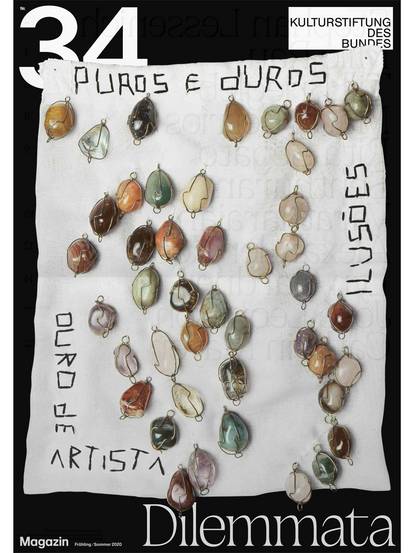
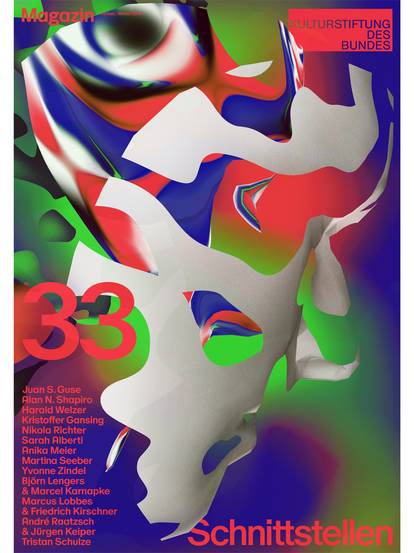
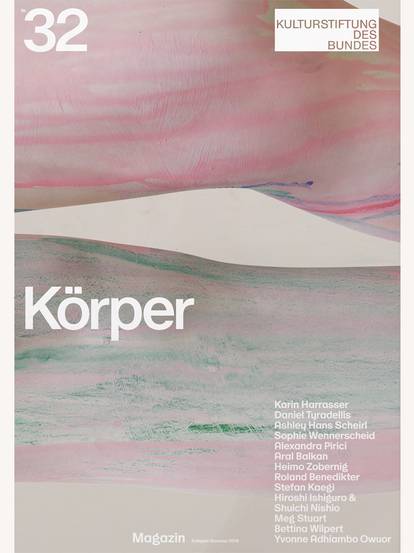
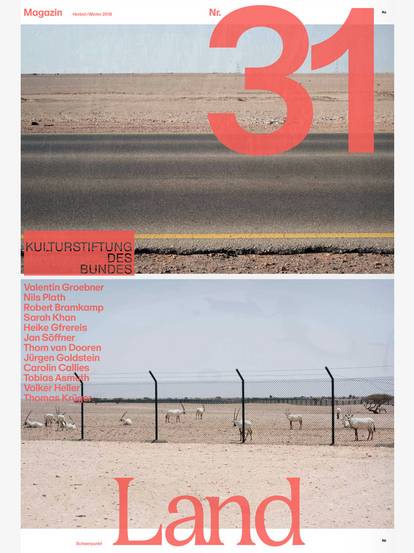
![[Translate to English:] Magazine 30](/fileadmin/_processed_/c/b/csm_magazin30_vorschau_9005f773d3.jpg)



